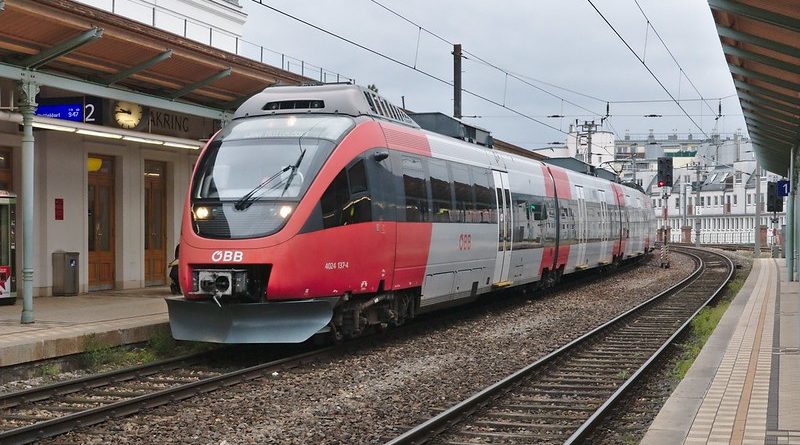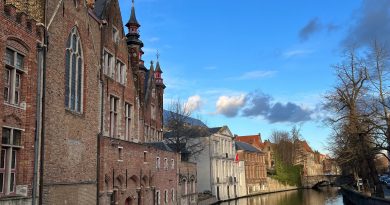The Vienna to Trieste Railway and the Vision of an Austrian Emperor
The Austrian Empire was one of the greatest multinational Empires in the world and the second largest in Europe after the Russian Empire.
Its Emperor, Franz Josef I, shaped this monarchy like no other; his stubbornness and soldierly sense of duty held the country together in tough times and pushed it to thrive for many decades.
Yet the mid-19th century was a time of great socio-political change and technological innovation, a forward movementthat challenged the monarchy and the royal family.
When the Austrian Emperor made the decision to embark on one of the greatest railway projects of the century at the dawn of the revolution in 1848, little did he know that it would help his Empire to thrive and prosper in unprecedented ways.
The railway journey from Austria to Trieste is a journey into the heart of the 19th century when change swept all across Europe.
Industrialisation was gaining speed and the expansion of railway increased travel exponentially, it was the best of times for the upper class and nobility enjoying the excitement of travel and increased connection of the world, and it wasthe worst of times for lower and worker class who were struggling to survive amidst poverty, unemployment, and cholera.
In 1848, as the revolution was sweeping through Europe, and trouble was stirring in Vienna, the young Emperor made a decisive and cunning decision… he commissioned the completion of the railway line between Vienna and Trieste via the Semmering railway, the missing link to connect the capital with the Empire’s most important sea port at the Adriatic Sea.
For this purpose, he sent 20,000 unemployed workers to the Semmering area and thus eased the growing tensions in Vienna; a decision that would change life in the Empire and railway travel for good.
The original route ran from Vienna to Trieste via Maribor and Ljubljana. Today, the Austrian Southern Railway operates this historically so important route via Bruck an der Mur, Villach and the Italian Udine on the way to Trieste.
The engineer commissioned with this enormous project was Carl von Ghega, an engineer who had previously studied railways in the US.
He went into the Semmering area and studied the field for several years before planning the construction of the railway line including all its tunnels and viaducts, conquering the highest pass at the time ever by a train.
The living conditions of the construction workers were simple to say the least, and very little infrastructure existed here before these 20,000 workers came to the Semmering. Hospitals had to be built, and schools for children; there was poor hygiene and infant mortality rate was high.
The workers blast their way through the mountains with black powder only and the stones used for these massive two-storey viaducts came from local quarries.
The expansion of railway travel all across Europe meant access to formerly remote locations like the small settlement of Semmering, which became the favourite fin-de-siecleresort for the Viennese high society, nobility, intellectuals and artists alike. They came for the joy of travel, for leisurely parties, skiing and hiking in the beautiful Austrian Steiermark.
The community of Semmering annually celebrates the historic importance of the Semmering railway, and its possible to travel on an the old steam train to get to their train festival.
The modern day railway journey continues from Mürzzuschlag to Villach and from there to Italian Udine.
The final connection of the railway line in 1854 impacted in several ways on the Empire. The trade with its colonies increased significantly and the Emperor’s younger brother Ferdinand Maximilian made his way to the port city to set sail and explore the world. He was also handed the task of strengthening the Empire’s navy fleet. It was from here that he set sail towards Mexico, never to return.
Back in the 19th century Trieste was the primary seaport of the Austrian Littoral, which had been established in 1849 and dissolved after WWII. It was the fourth largest city of the Austrian-Hunagrian Empire, and had quickly become a financial and cultural centre.
The Castle Miramare station, just at the entrance to the city, was a station that was purposefully built for the Austrian Archduke Ferdinand Maximilian to access his residence here in Trieste, which is today the icon of the city.
Castle Miramare was commissioned by Archduke Ferdinand Maximilian in 1850, and designed by Austrian architect Carl Junker. It is an eclectic mixture of architectural styles from Austria, Germany and England, and its construction period lasted from 1856 – 1860. It has its own splendid park with rare plant species imported from Austria.
The port of Trieste had flourished ever since Emperor Charles VI had given it its tax-free status in 1719, the same time that coffee had taken Europe by storm.
Until today this relaxed and laid-back Italian town remains Europe’s coffee capital with 2.0 – 2.5 million coffee beans being imported through the port each year. It is Italy’s only city that features Viennese style coffee houses, inspired in the days of the Empire, which were and are extremely popular gathering places for intellectuals and writers such as Rainer Maria Rilke and James Joyce.




